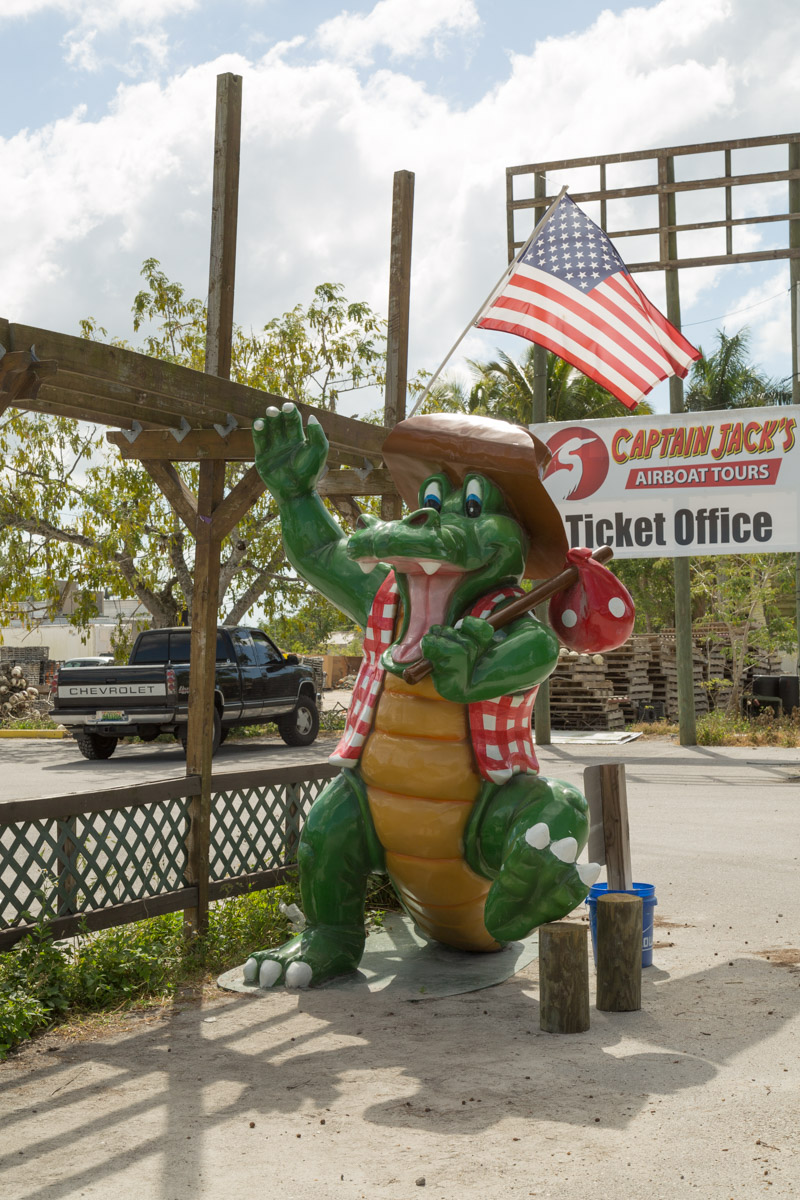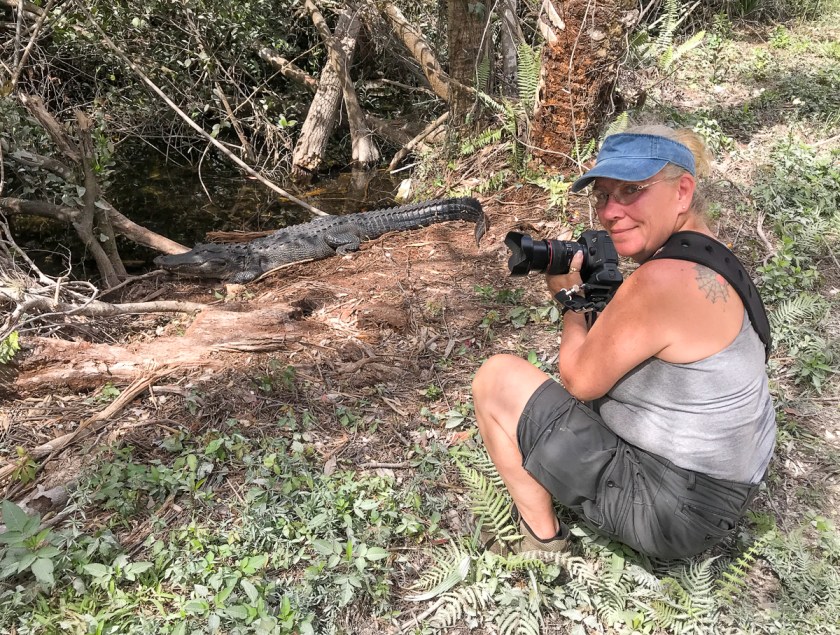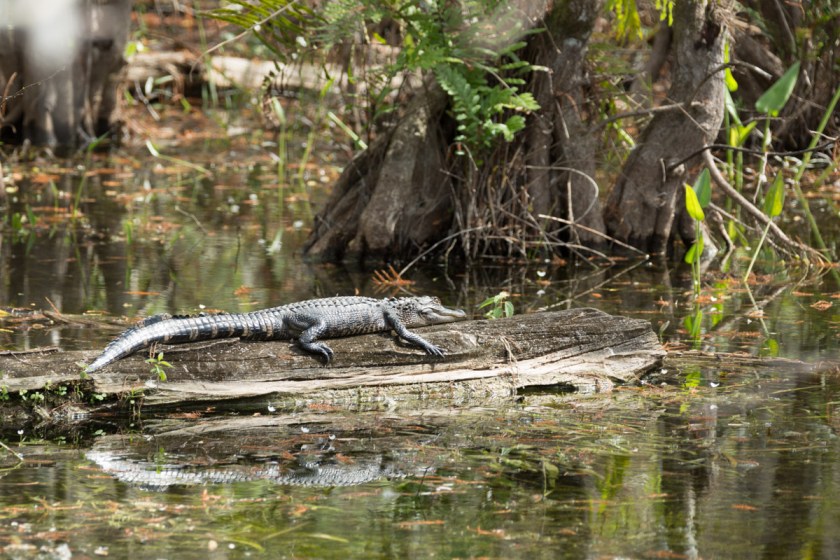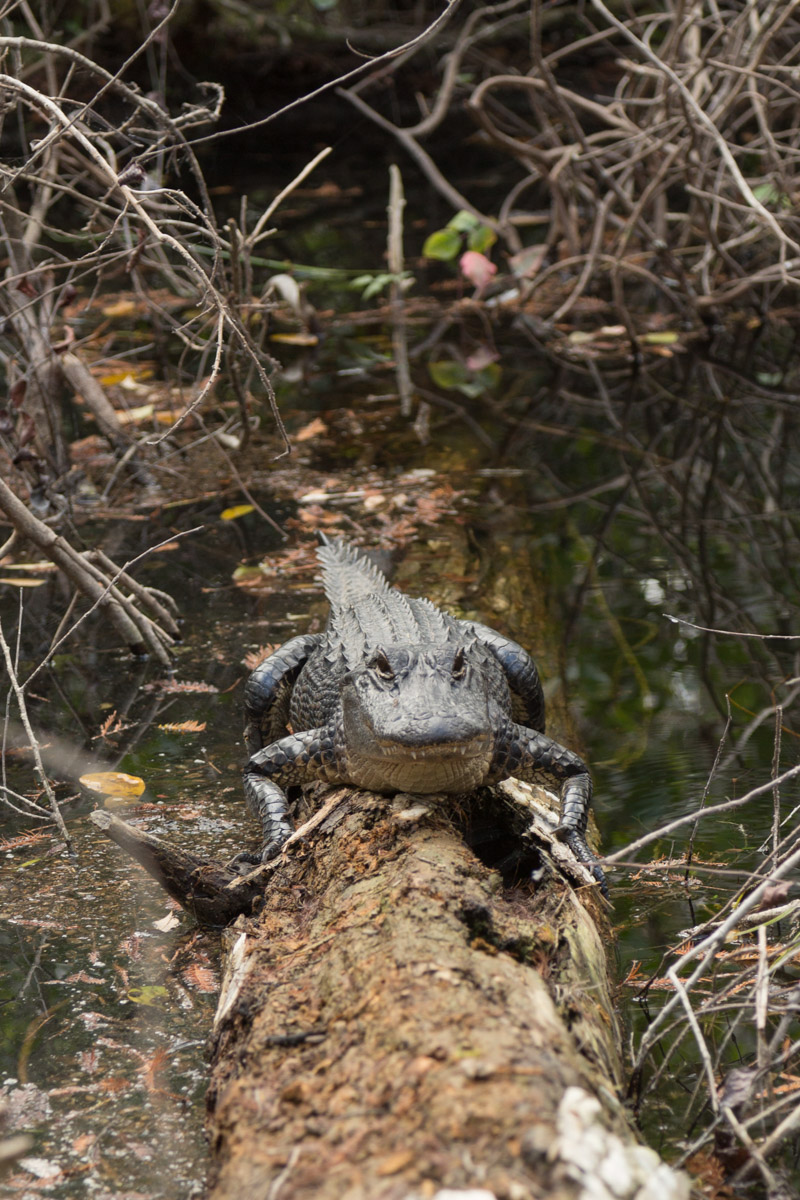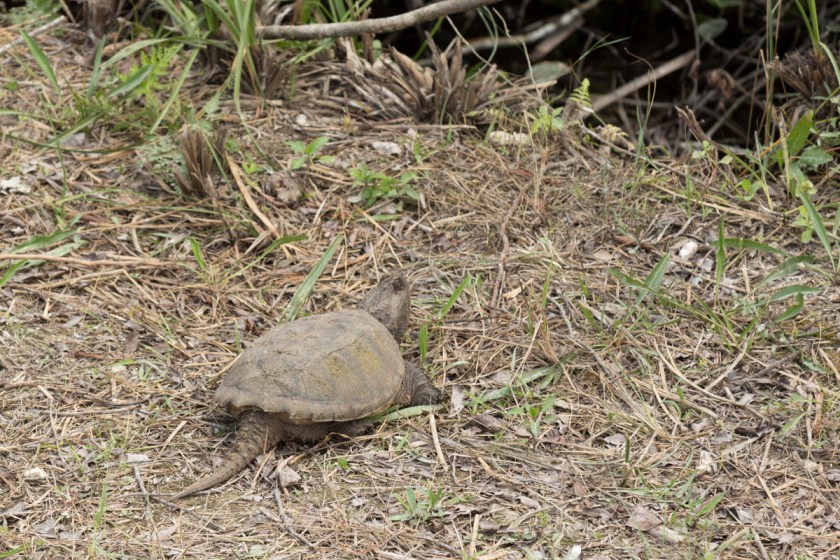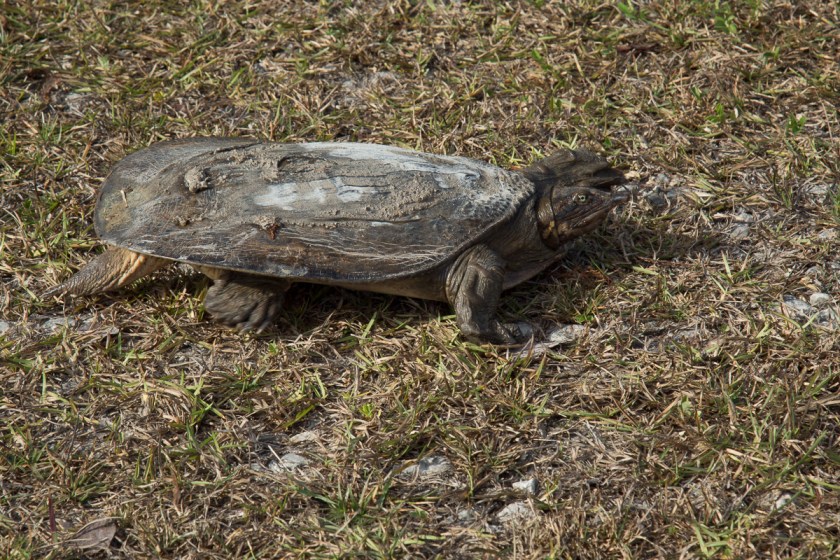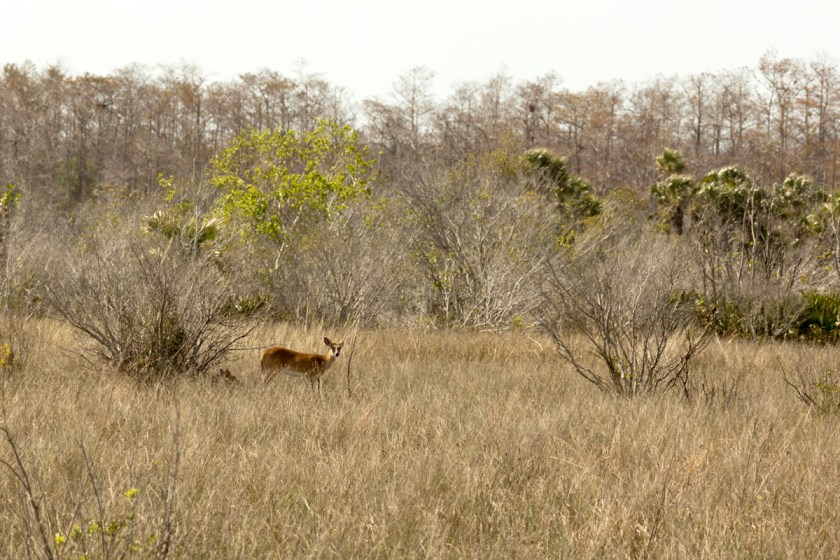If you missed part 1, you can find it here. Big Cypress encompasses several different environments, and they each require a specific mode of transportation. Many places are accessible with your own vehicle, despite any warning signs you might see…

Many of the roads are hard packed sand and are easy to navigate…
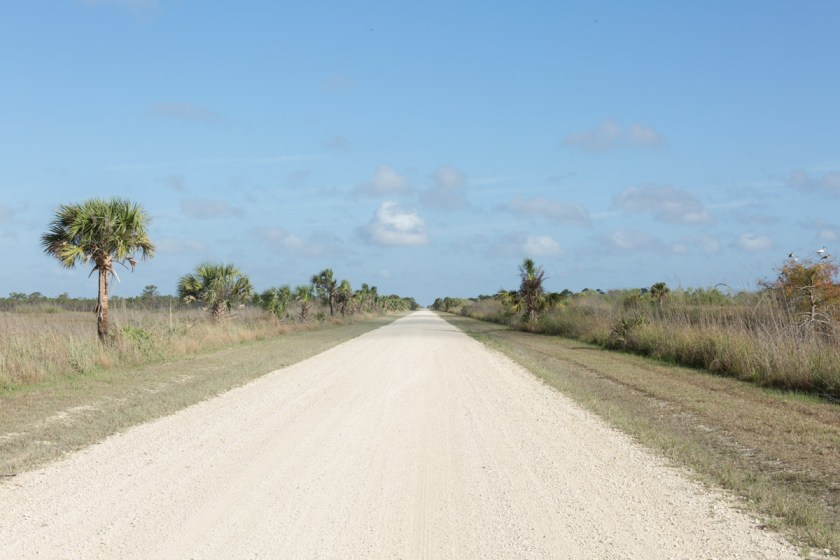
They offer a stunning array of scenery and wildlife opportunities…

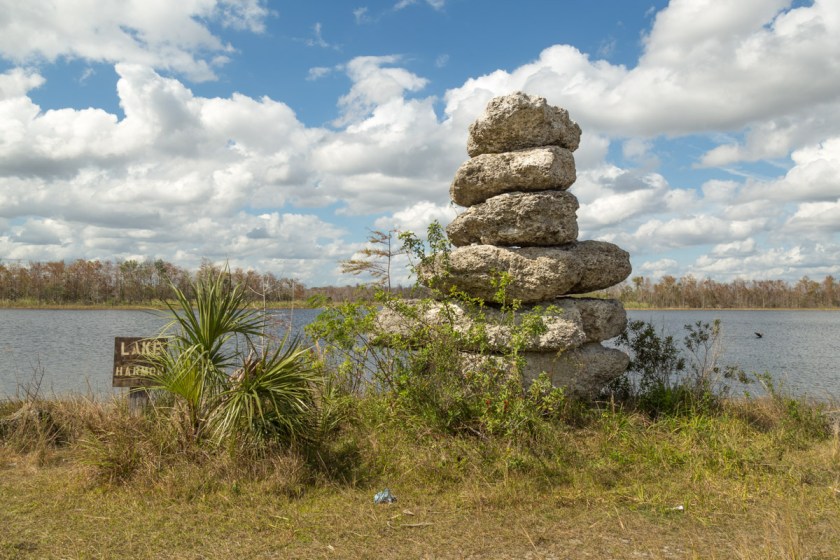
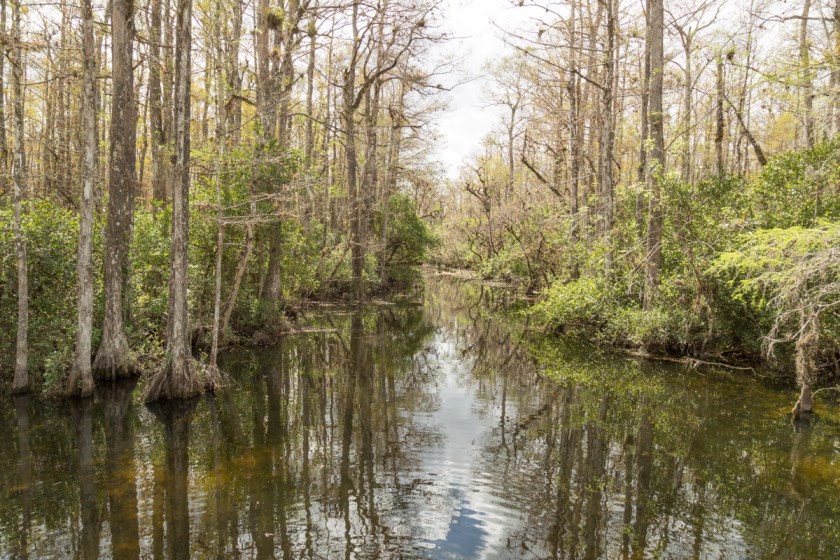

Other areas can only be reached via hiking trails. We started out on the Gator Hook Trail. At the start, it looked something like this…

With scenery like this…

Then it became a bit muddier…
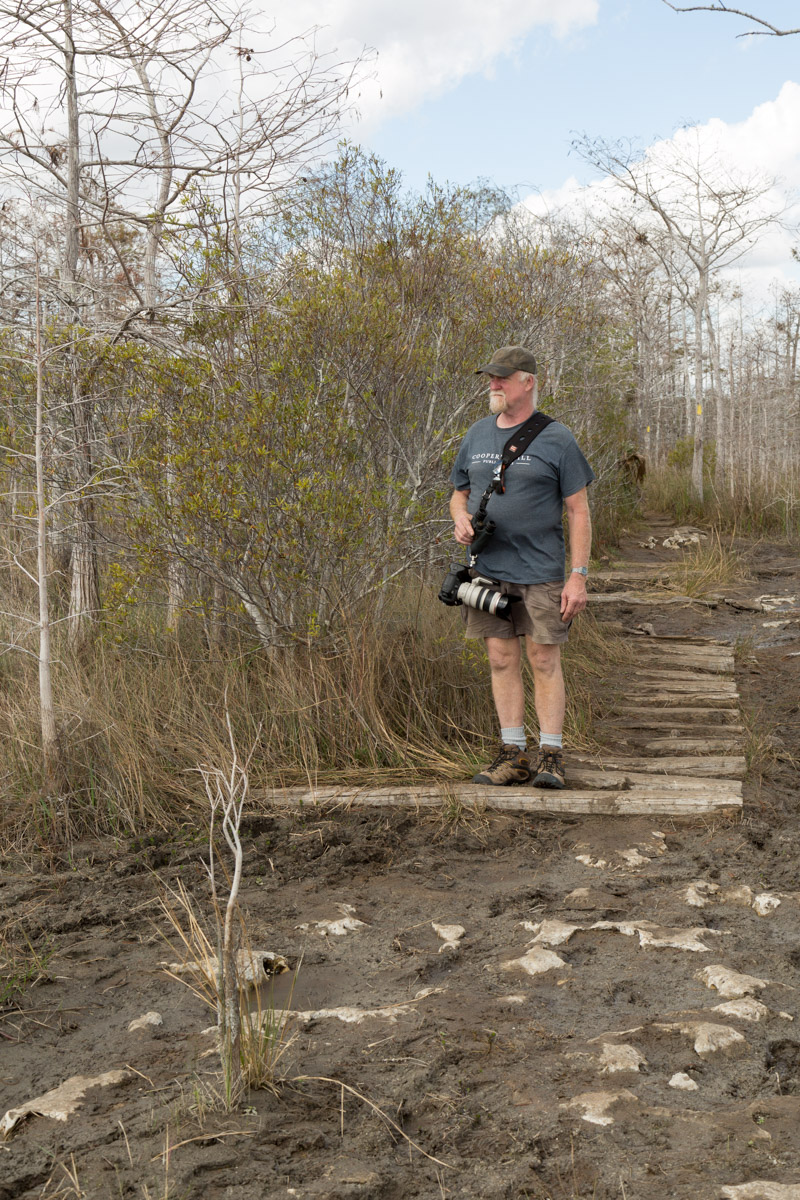
As you can see, Steve is having second thoughts about this hike. And with good reason, the rest of the trail looked like this…
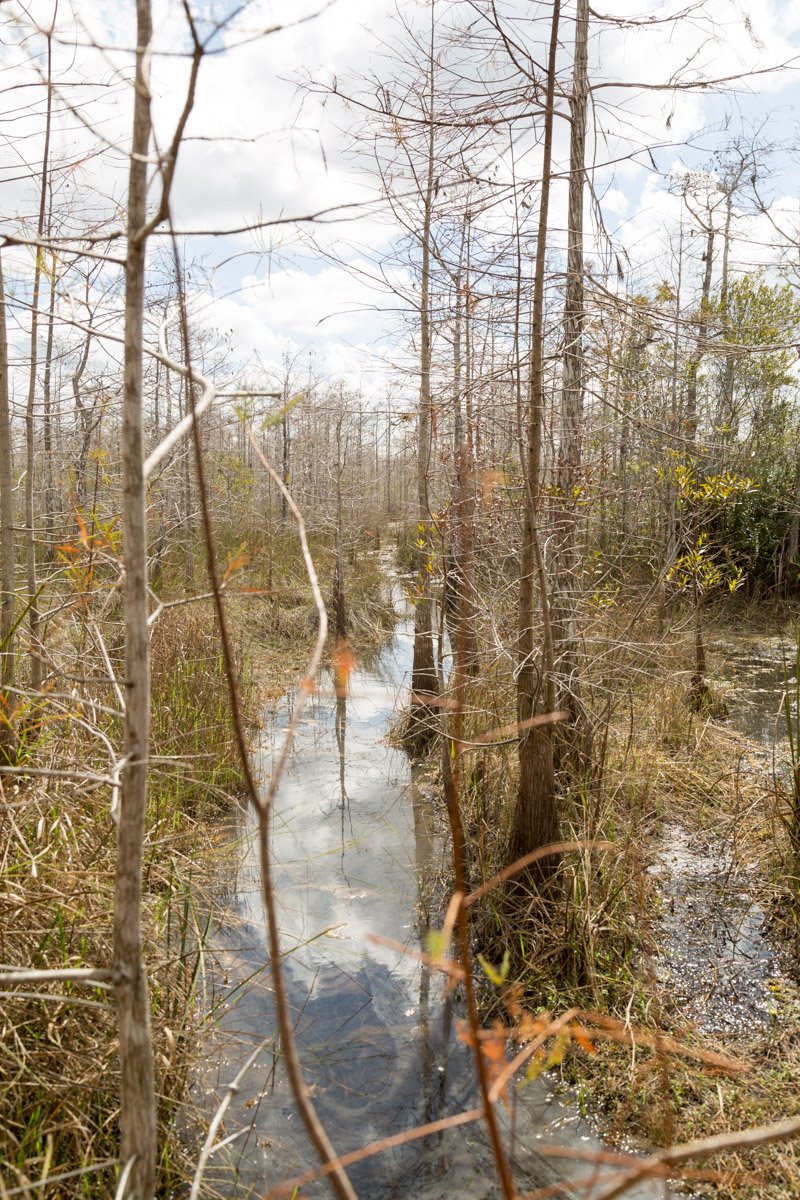
We hadn’t really planned for a wet hike, so we decided to head back and check out some of the other trails. One of the neat things about Big Cypress is they have several boardwalk hikes. Most are less than a mile and are wheelchair accessible. You can see almost all of the same scenery, but with dry feet.
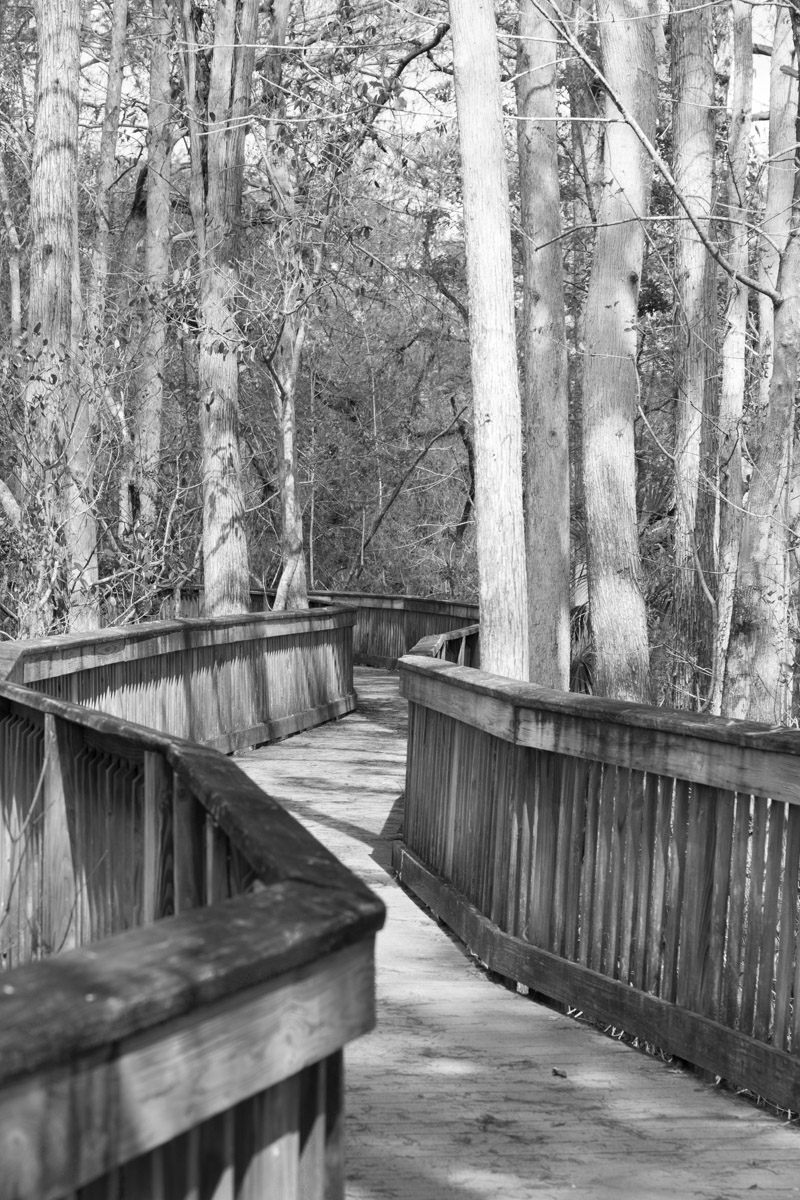
The boardwalk at the Kirby Storter Roadside Park has a chickee near the beginning of the trail…

As the boardwalk meanders through the forest/swamp, you can’t help but notice the changes in the landscape. Cypress knees begin cluttering the forest floor…
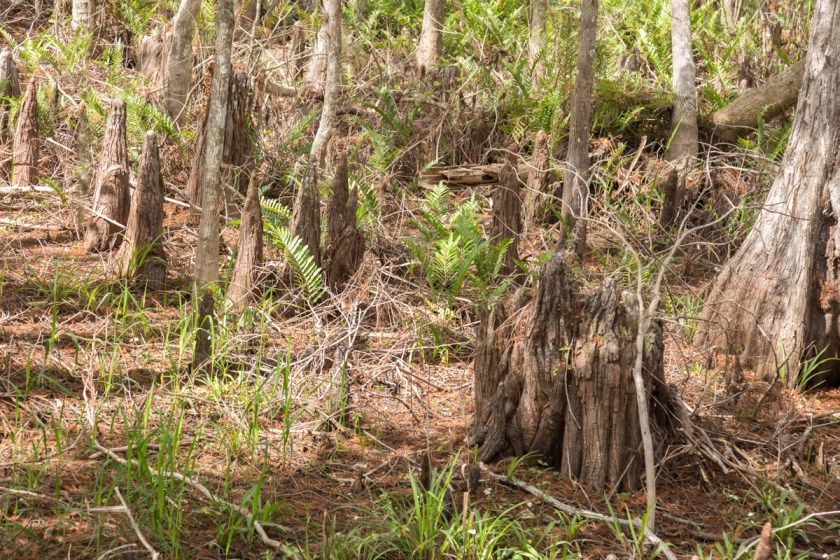
Most of the cypress trees were logged out during the late 1800’s. But every now and then, you can find one that has been around a while. I have no idea how old this tree is, but the plastic water bottle near the base of it gives something for scale. (There was actually very little litter in the preserve)

The boardwalk ends at a large viewing platform with several benches…
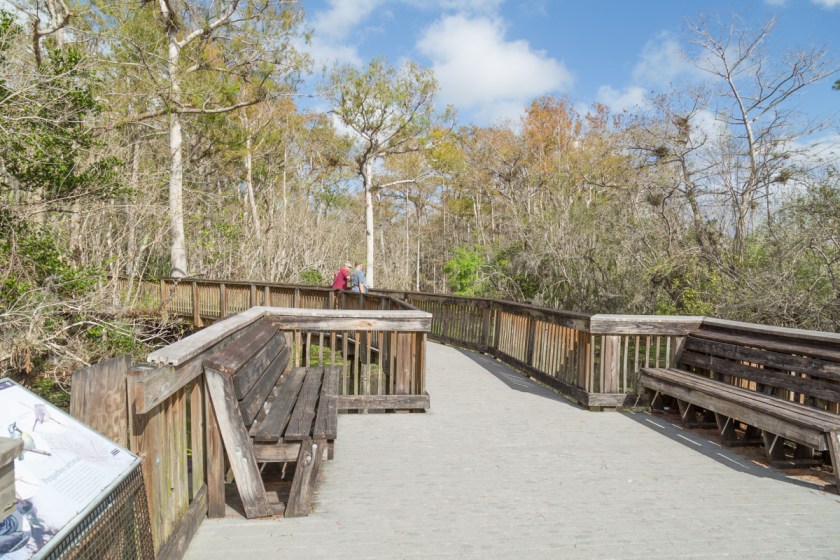
While Steve was talking with another visitor, I watched the anhinga looking for its lunch…
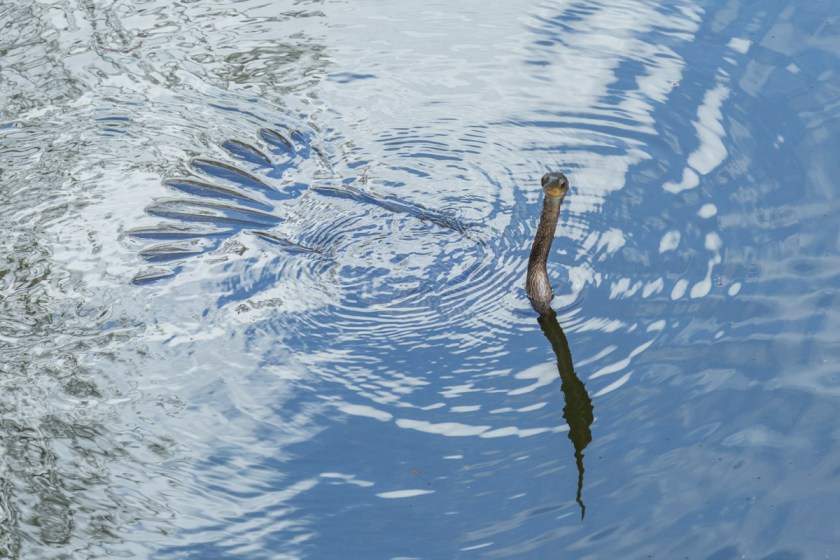
Another day, Steve and I hiked out to Deep Lake. Since we were there during the dry season, the path was pretty easy to walk. There were a few places where getting wet was the only option. At least we were prepared this time…

Deep Lake is a naturally occurring sinkhole lake and is over 90 feet deep.
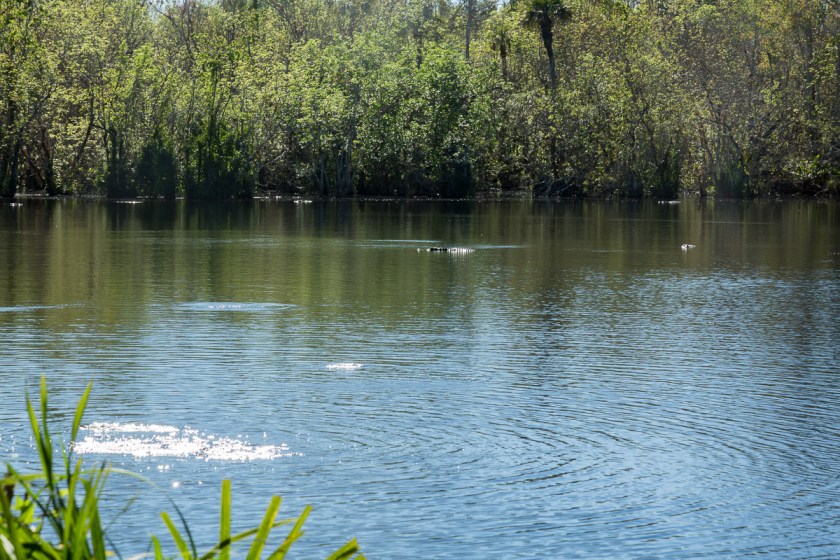
One of the benefits of hiking versus driving, is you can just stop and check things out. You will see things you would have otherwise missed. Like the neat pattern the fungus made on this tree…
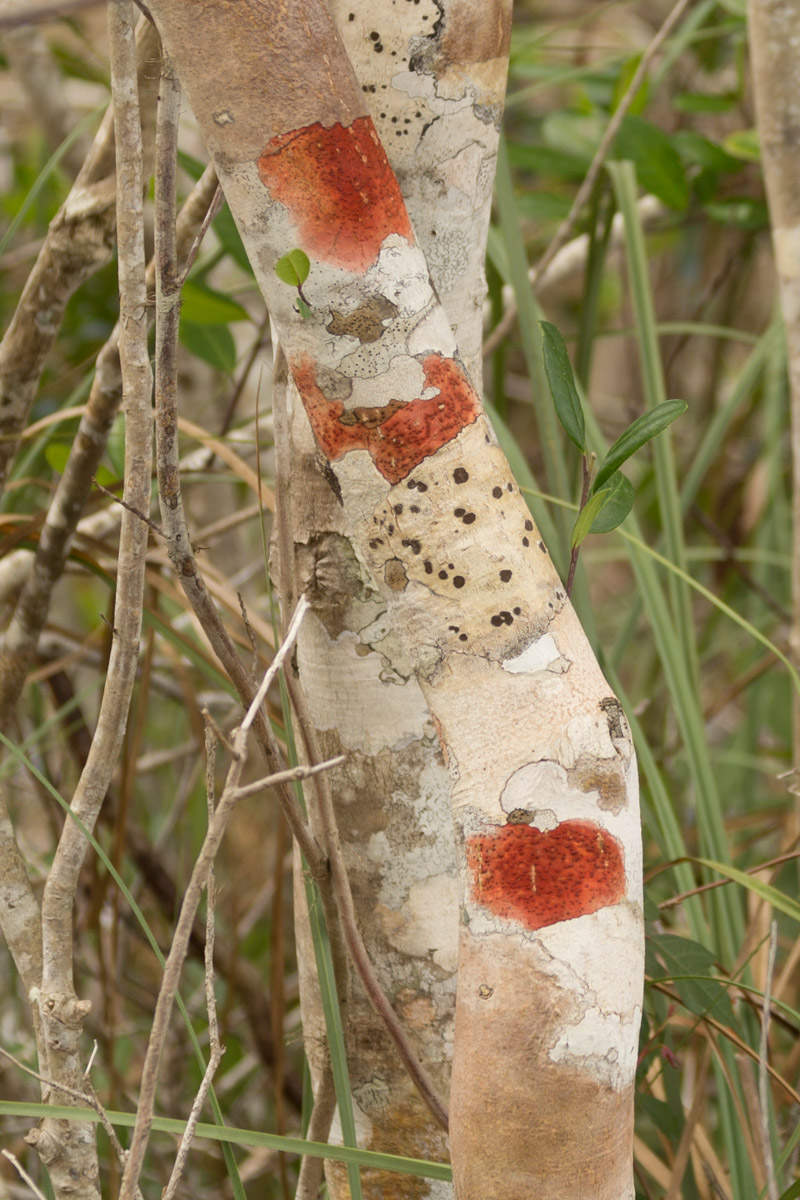
Or the blooms of the bromeliads…

Or the lizards,

A strangle fig with its victim,

A squirrel hiding in a tree,
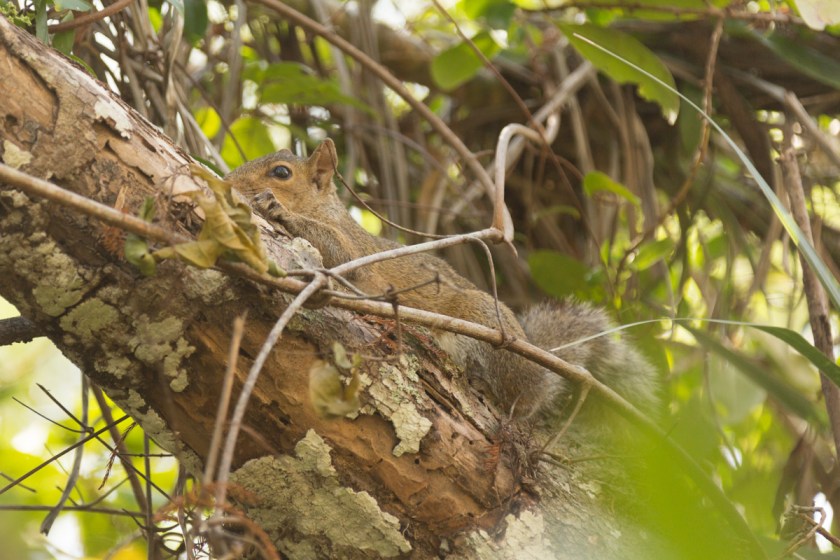
Or a liguus tree snail…

For me, kayaking is probably the next “slowest” way to take in the sights.

I imagine during the wet season, all of this is underwater.

Other ways to get into the “back country” are airboats…
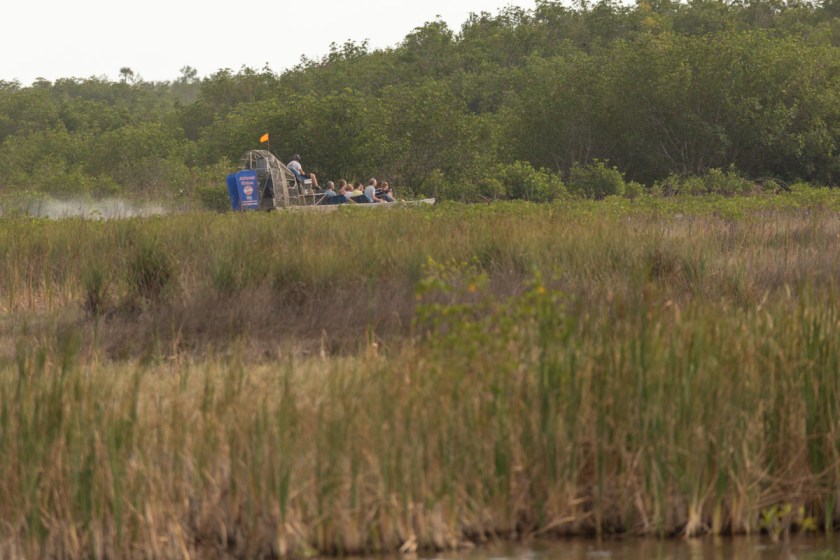
And my personal favorite – swamp buggies…
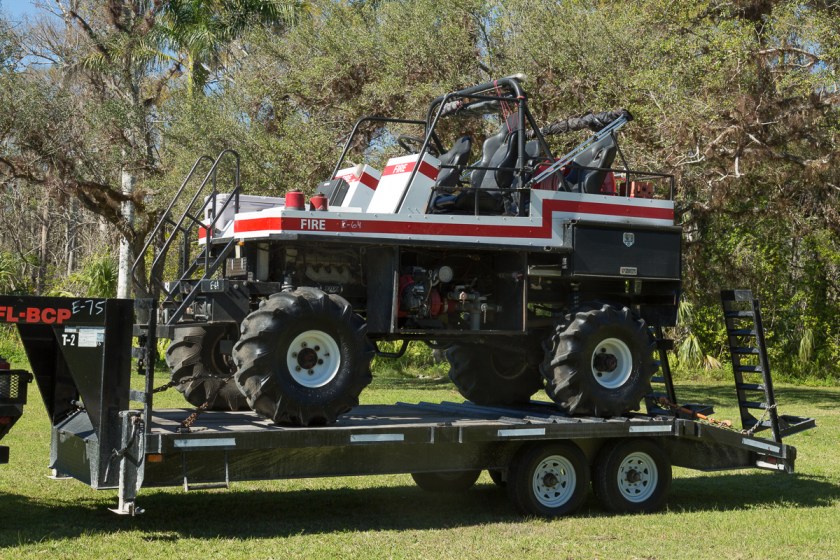
There are lots of places you can take airboat or swamp buggy eco tours, but we opted not to on this trip. Maybe next time!
Until then…

We say “Thanks for coming along!” and we always love reading your comments!


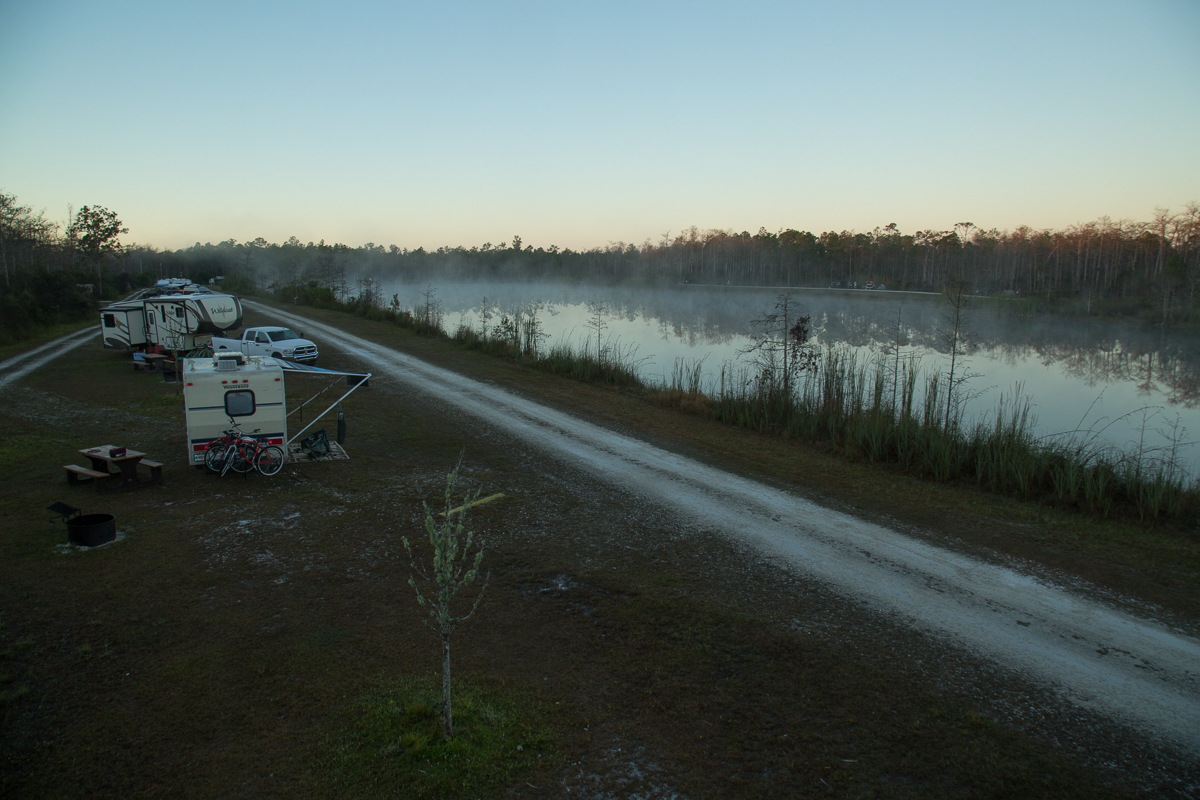

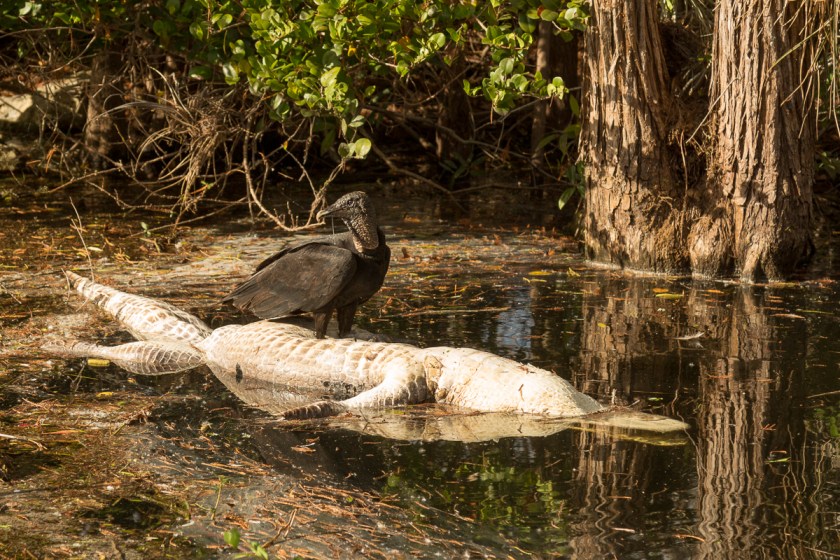
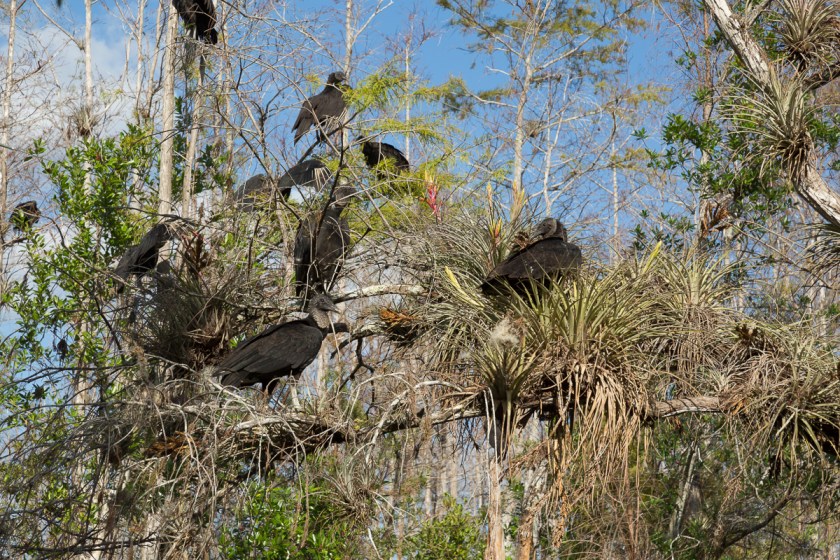

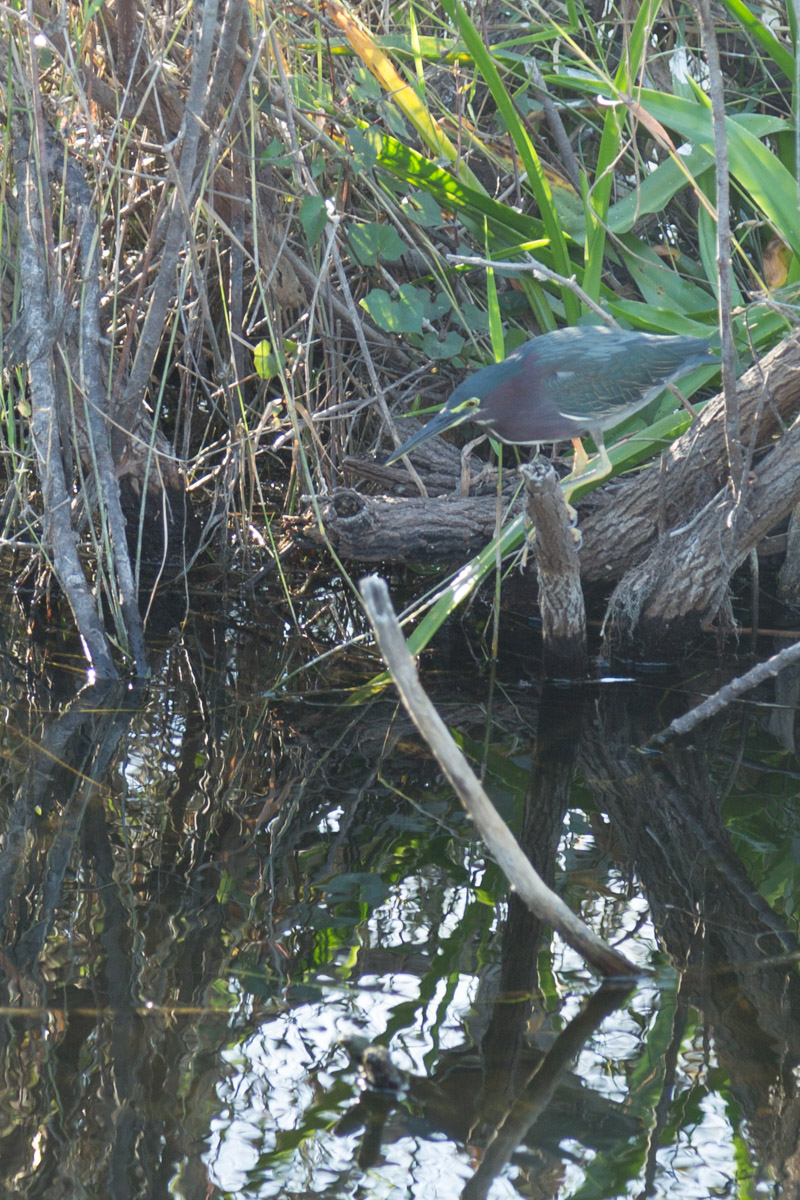
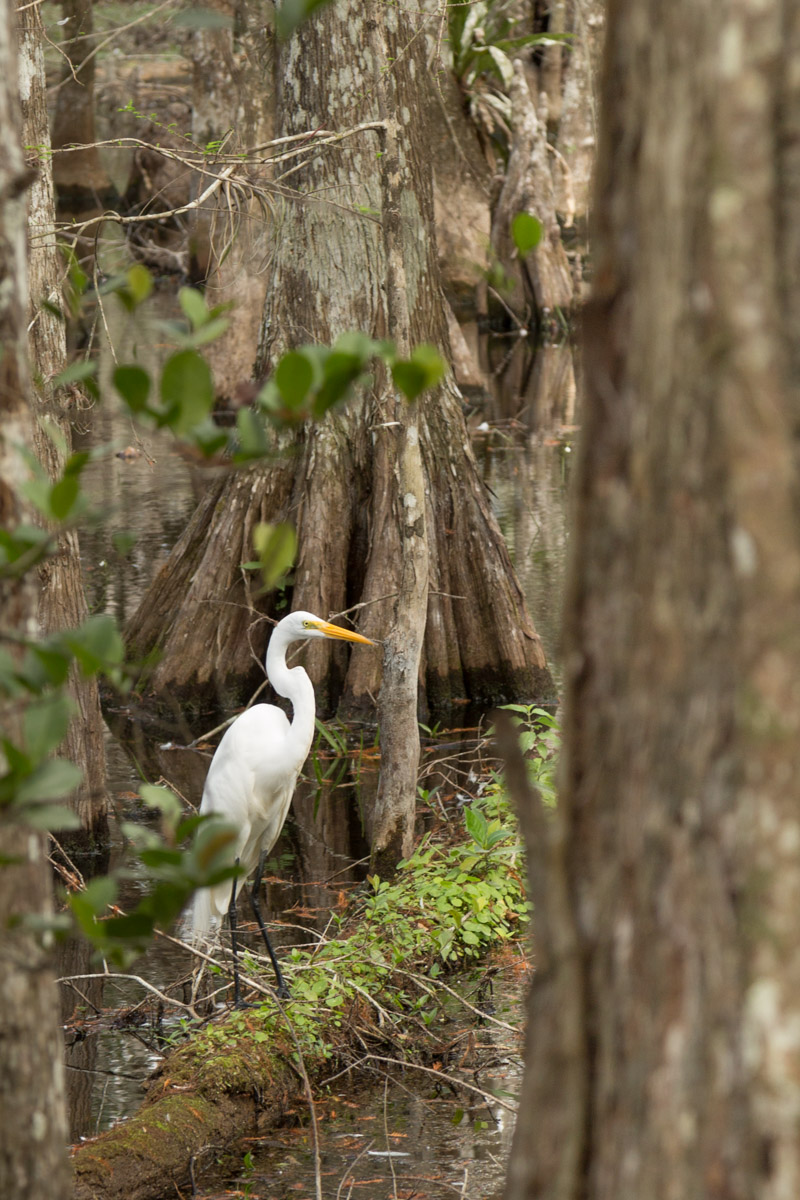
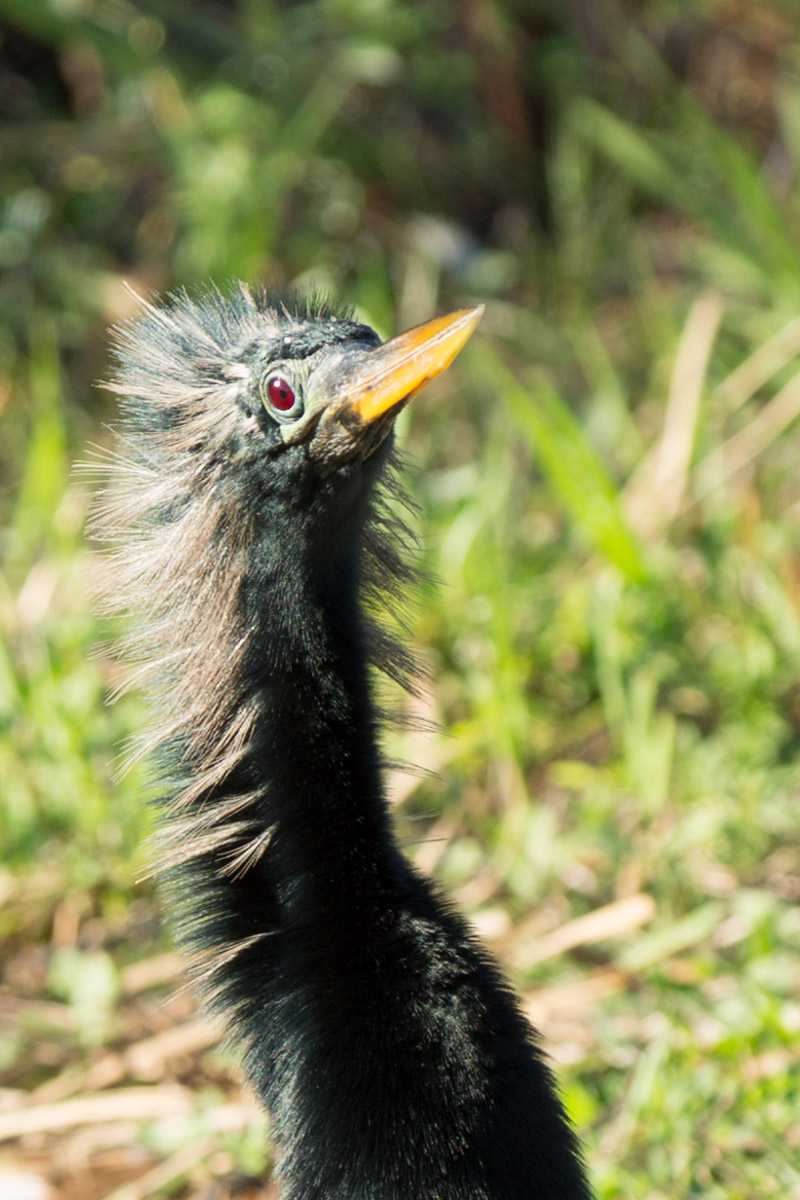
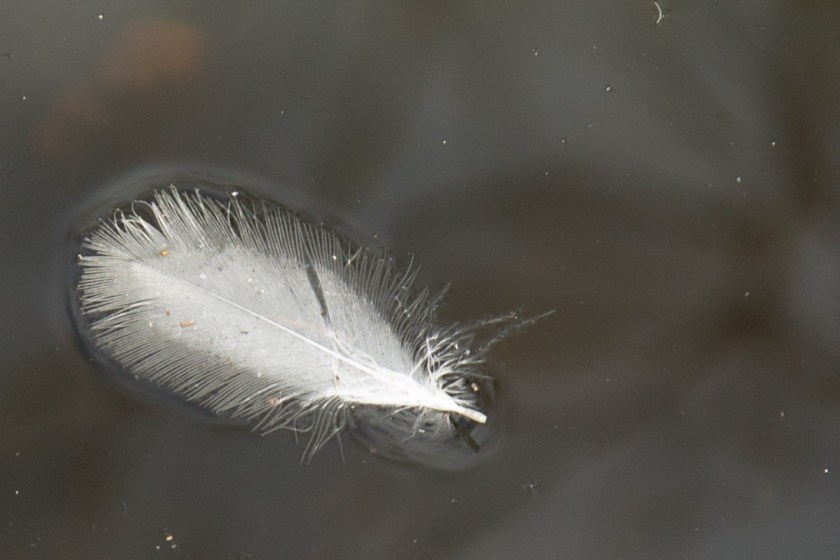
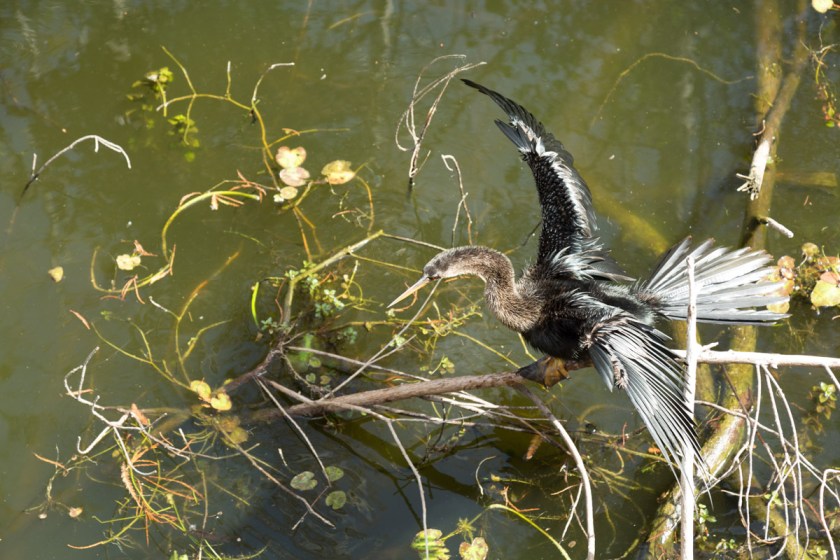
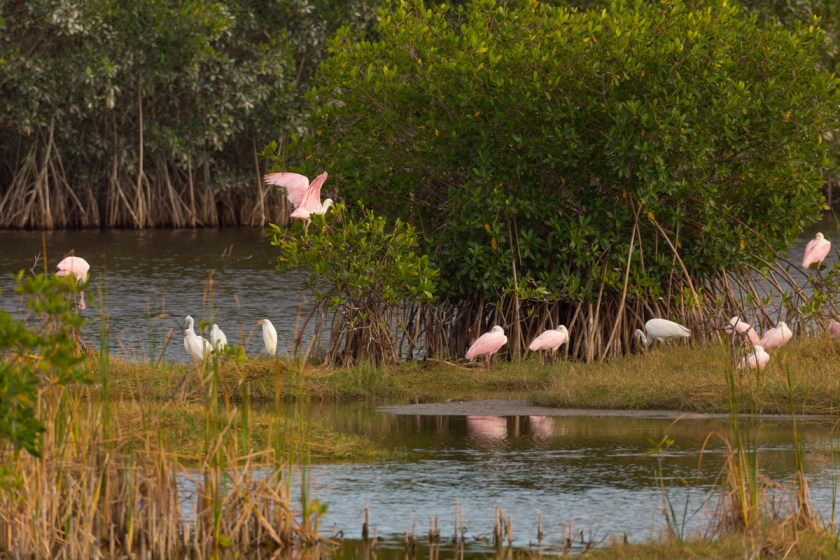

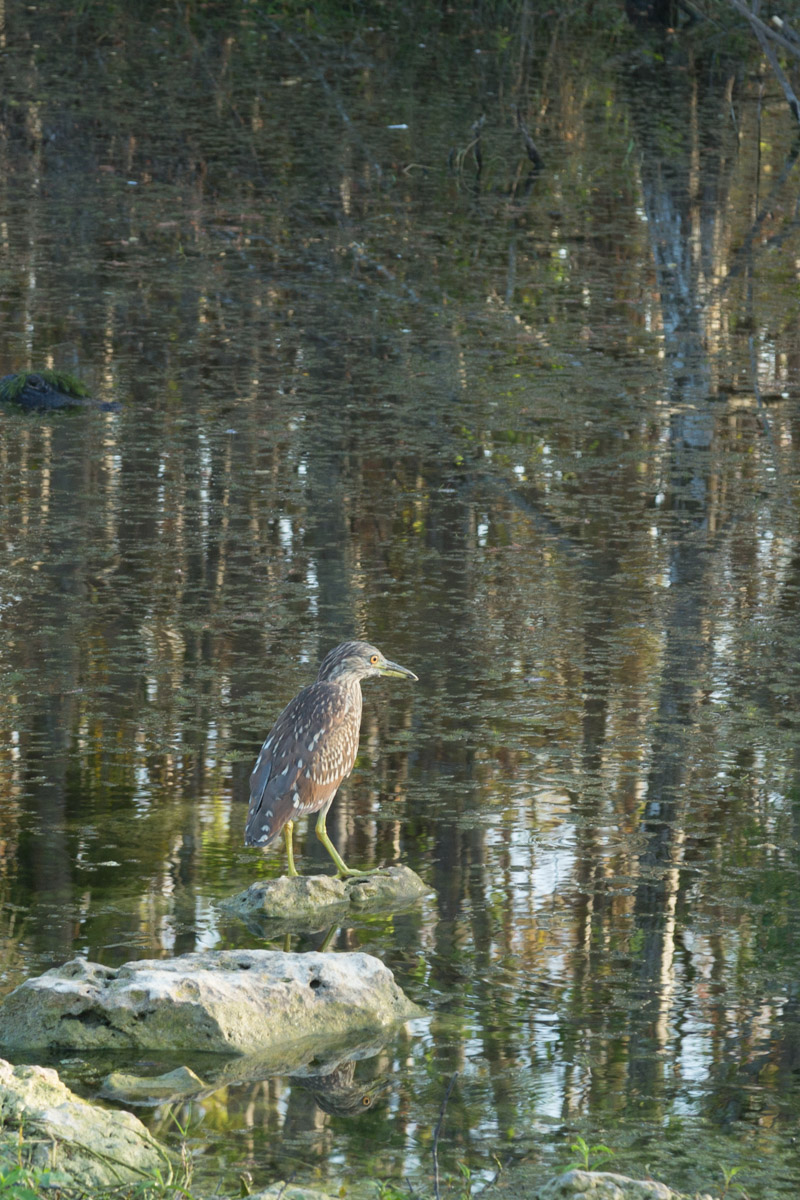


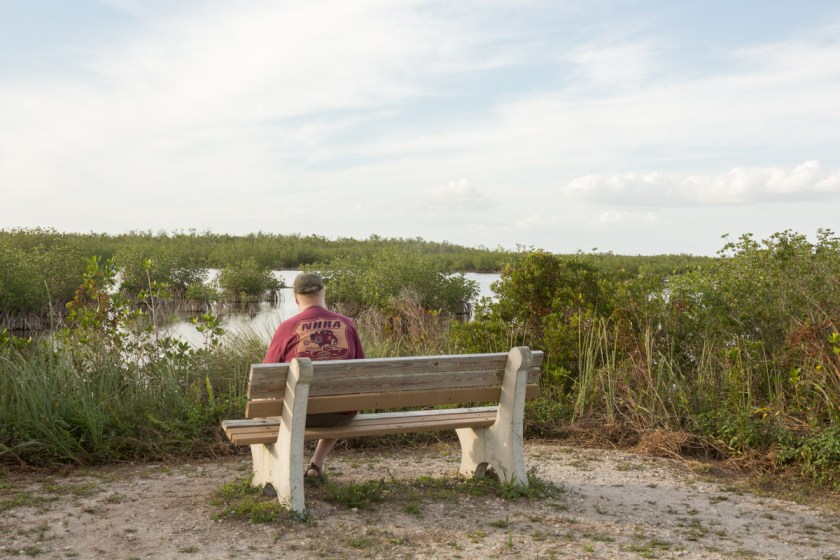
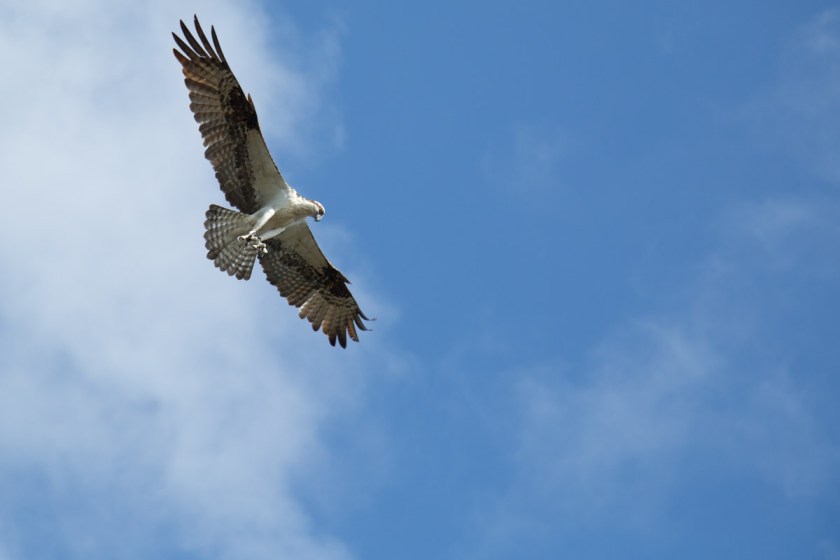


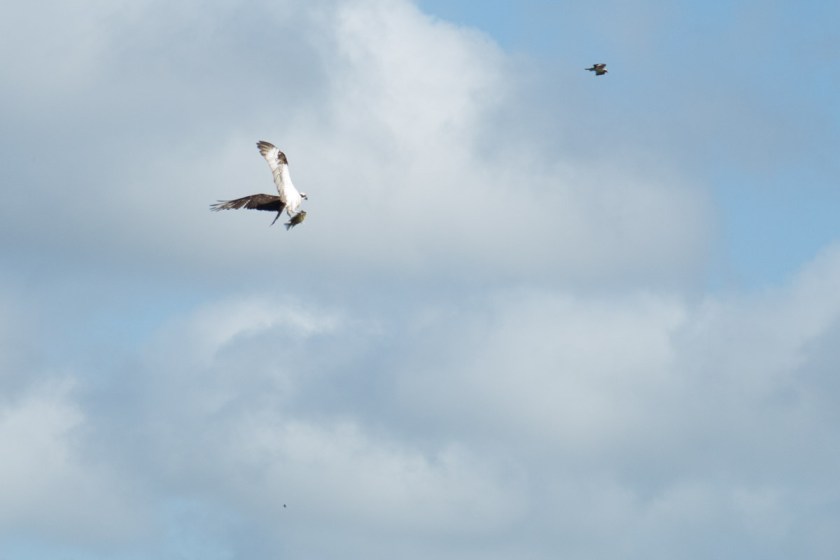 Steve and I were stunned to witness this so closely! On our way back to the Jeep, we stopped at the observation platform and I think this picture is perfect. To me it shows what a wide variety of people enjoy the refuge…
Steve and I were stunned to witness this so closely! On our way back to the Jeep, we stopped at the observation platform and I think this picture is perfect. To me it shows what a wide variety of people enjoy the refuge…
